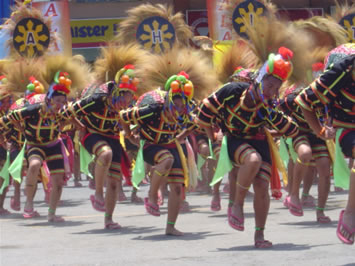What to expect in Davao.
This sprawling city, the culinary, cultural, economic and commercial capital of the south is, for better or worse, becoming more like Manila. More traffic, more malls, more multinationals, more subdivisions hidden behind security gates.

However, Mt Apo looms majestically in the distance symbolising the typical Davaoeños dual citizenship as both an urbanite and someone deeply rooted to the land outside the city. Locals know Davao (dah-bow, and sometimes spelt ‘Dabaw’) has more than enough action to keep them satisfied, and yet it’s only a short drive or boat ride to forested slopes and white-sand beaches.

Able to hold out against the invading Spaniards until the mid-19th century, the city is an interesting mix of Muslim, Chinese, tribal and even Japanese influences – the latter because of early abaca-processing warehouses in the area and less happily because of WWII.

Predominantly Christian, the city has seen its share of hard times, especially in the 1980s when there was guerrilla fighting in the streets.
These days there's also a significant number of South Indians, many studying at Davao Doctor's Hospital; but there are few Korean expats, it's said because of the city's strict anti-smoking laws.

While Davao continues to expand, especially south towards Toril, much of the land outside the city has been turned over to massive plantations growing export quantities of pineapples, bananas and citrus.
No comments:
Post a Comment